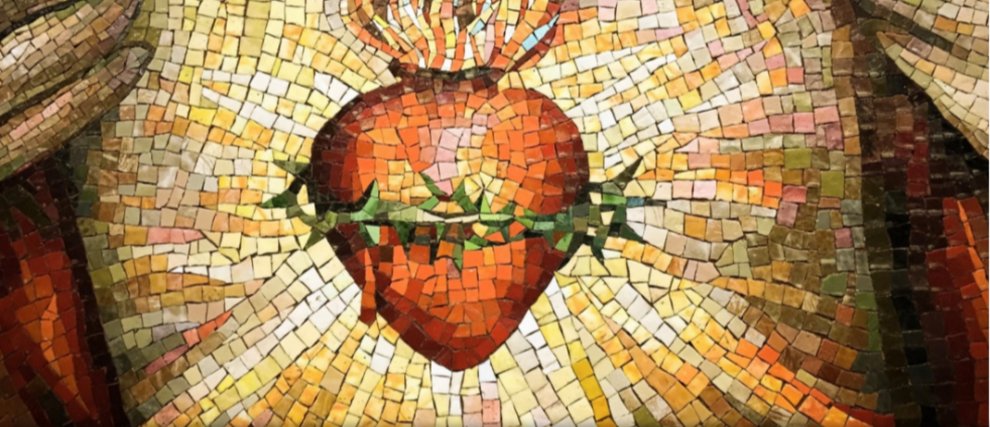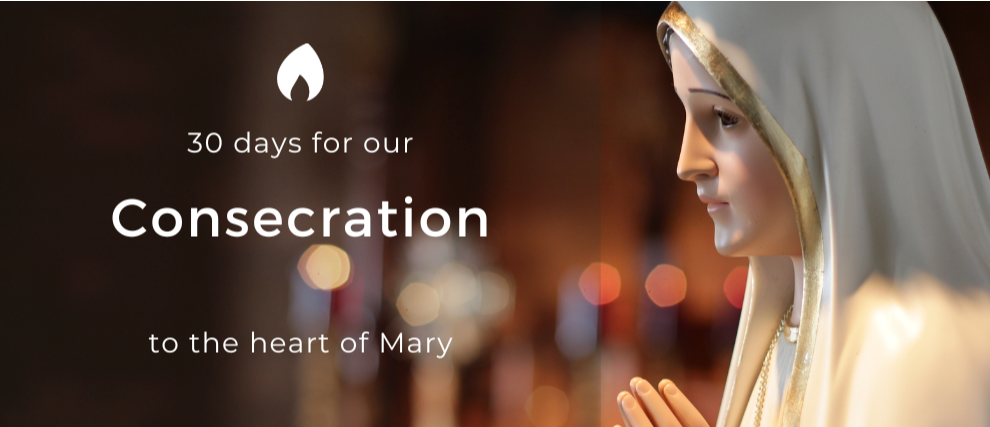Saint Paul
The Life of Saint Paul the Apostle
Paul of Tarsus was born at the beginning of the 1st century. Despite his name “Paul the Apostle”, he is not one of the twelve disciples of Christ, although he was his contemporary. Moreover, his entry into the history of Christianity was not immediate, but it nevertheless remains one of the most striking: after all, Paul is considered one of the pillars of the Church, alongside Peter.
From Saul to Paul: Conversion on the Way to Damascus
Paul, then called Saul, was descended from a noble family in the region of Tarsus, a region of Cilicia (present-day Turkey). His family kept the Hebrew laws, and Paul himself was educated in the city of Jerusalem. As a fervent practitioner of Judaism, he understood Christianity as a new “superstition,” and actively joined the repressions against the practitioners of that religion. It is also said that Saul witnessed the stoning of Saint Stephen.
“For you have heard of my previous way of life in Judaism, how intensely I persecuted the church of God and tried to destroy it.” (Galatians 1:13)
According to the book of Acts of the Apostles of Saint Luke, one day Paul went to Damascus with the objective of finding disciples of Christ there and bringing them back in chains to Jerusalem.
“As he neared Damascus on his journey, suddenly a light from heaven flashed around him. He fell to the ground and heard a voice say to him, “Saul, Saul, why do you persecute me?”
“Who are you, Lord?” Saul asked.
“I am Jesus, whom you are persecuting,” he replied. “Now get up and go into the city, and you will be told what you must do.”. (Acts 9: 3-6)
Following this apparition, Paul was blinded for three days. When he came into the city, he was visited by Ananias of Damascus, to whom Jesus had said of Paul: “Go! This man is my chosen instrument to proclaim my name to the Gentiles and their kings and to the people of Israel. I will show him how much he must suffer for my name.” Ananias laid his hands on Saul, telling him: “Brother Saul, the Lord—Jesus, who appeared to you on the road as you were coming here—has sent me so that you may see again and be filled with the Holy Spirit.”
Saul is baptized Paul. He is reborn a son of God and brother of Christ.
The Journeys of Saint Paul, Apostle of the Gentiles
Paul, the apostle, therefore, takes charge of the mission entrusted to him by Jesus Christ: evangelization. Saint Paul becomes “the apostle of the Gentiles”. Gentiles, in this sense, is a translation of the Hebrew term “Goyim”, which means “nation”. What was meant by “gentiles” was actually non-Jews: Paul was the apostle of the Gentiles. The “Gentile” communities adhered in part to Judaism, without observing all its traditional customs.
Inspired by the Holy Spirit, Paul made three great journeys of evangelization. He made the first one accompanied by Barnabas: the two apostles went to proclaim the gospel in Cyprus and in Asia Minor. They also preached the word of Christ to the “Fearful God”, a group of Gentiles who gathered in the Synagogue of Antioch in Pisidia. Their success with these communities provoked the anger of the authorities, and they were then driven out of the city.
During the second trip, Paul crossed Macedonia, where he visited various cities and most often met with success with pagans. He arrived in Corinth, where he would stay a year before leaving for Antioch.
Some churches gradually formed in his wake. But conflicts and oppositions arose within the communities of converts: Paul faced difficulties from outside and inside. Returning to Asia Minor, he taught at Ephesus for two years. He revisited the communities and churches of the cities in which he had evangelized, namely Corinth, Philippi, Caesarea… Before leaving for Jerusalem, although he was warned of the risk involved: indeed, his actions had provoked the ire of the high Jewish authorities, who considered that Paul had profaned the Temple. He was arrested, and in order not to be tried (and most certainly executed) in the cities of Judea, where he was a prisoner for two years, he asserted his status as a Roman citizen. He was then transferred to Rome. Little is certain about the end of the life of the Apostle Saint Paul. We know he spent the last years of his life in captivity. Moreover, history tells us that after many years of evangelizing journeys, he was finally executed in Rome.
The Letters of Saint Paul
The Epistles of Paul
“ If I have the gift of prophecy and can fathom all mysteries and all knowledge, and if I have a faith that can move mountains, but do not have love, I am nothing.” (1 Corinthians 13:2)
Saint Paul's evangelization was not limited to his many long journeys. After converting communities of pagans and opening churches (ekklesia) in different parts of Asia Minor, he maintained contact with them through a series of letters, long and short, forming almost half of the text of the New Testament. The letters attributed to him (or to his disciple) are: the letters to the Thessalonians, the letter to the Galatians, the letter to Philemon, the letter to the Romans (the longest), the letters to the Corinthians, and the letter to the Philippians.
The Epistles of Paul also have the vocation of solidifying unity within the early Christian communities, while many conflicts are already beginning to form and intensify. The letters outline a more concrete profile of expectations towards the Christian peoples, on issues such as the organization of the congregation, the plan of God, and in particular the Mosaic Law, which is the subject of many debates and disagreements among the disciples themselves.
Peter and Paul and the Antioch Conflict
The apostle of the Gentiles declared that he was charged by the Lord with the mission of converting the Gentiles, just as the apostle Peter was charged with the conversion of the Jews: a form of schism is already traced between the Judeo-Christians and the Pagan-Christians (Paul instead uses the name circumcised and uncircumcised to designate these communities).
The difficulties of creating Christian universality lie in respecting the mosaic laws that the “circumcised” always respect, while the “uncircumcised”, by definition, are freed from them. The whole difficulty of the mission of evangelization of the witnesses and disciples of Christ is due to a lack of centrality in the early hours of Christianity, and it is the tension between Peter and Paul, the two pillars of the Church, that gives us a foretaste of the ecumenical stakes of the Church of Christ. Peter himself, one of the great leaders of the early Christian communities, was initially reluctant about the conversion and baptism of the pagans (not respecting the dietary code of the Mosaic Law). But a vision of Christ made him understand that he could not “stand in the way of their being baptized with water. They have received the Holy Spirit just as we (the circumcised faithful) have.” (Acts 10:47).
Nevertheless, Paul was sent by the Church of Antioch to finally deal with the question of the opening of Christianity to pagans who did not respect Judaic customs. The Council, taking place in Jerusalem, concluded that it is not necessary to burden the Gentiles with obstacles in order to live in the house of Christ. In his letter to the Galatians, Paul even states that he confronted Peter directly: “If you, being a Jew, live like the Gentiles and not like the Jews, why do you compel the Gentiles to follow Jewish customs?” (Galatians 2:14). He reproached Peter for not sharing his table with the converted pagans, probably so as not to “offend” the Judeo-Christians.
Paul's words in the epistle to the Galatians are very firm, and sometimes even betray a certain anger. The content of the letter recalls a fundamental notion of Christianity: “It is not by practicing the law of Moses that man becomes righteous before God, but only by faith in Jesus Christ.” Faith in Jesus is the main symbol of communion among all the disciples of Christ.
The life and letters of Saint Paul are a beautiful window into the history of the creation of a universal Church, with its difficulties and progress.

